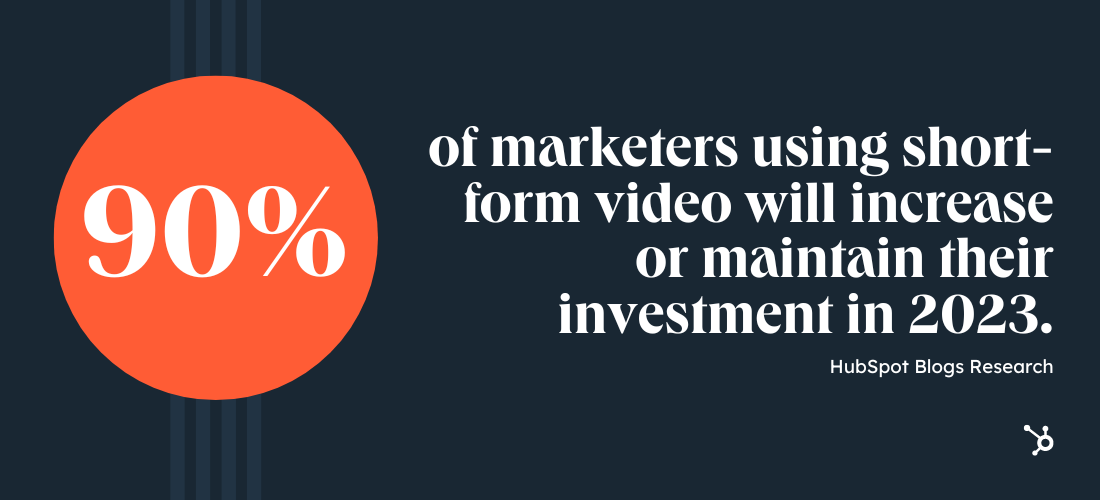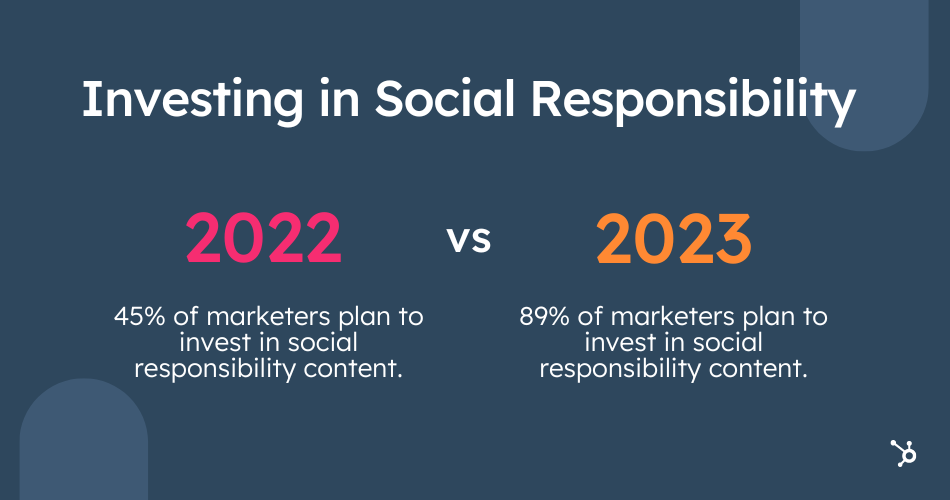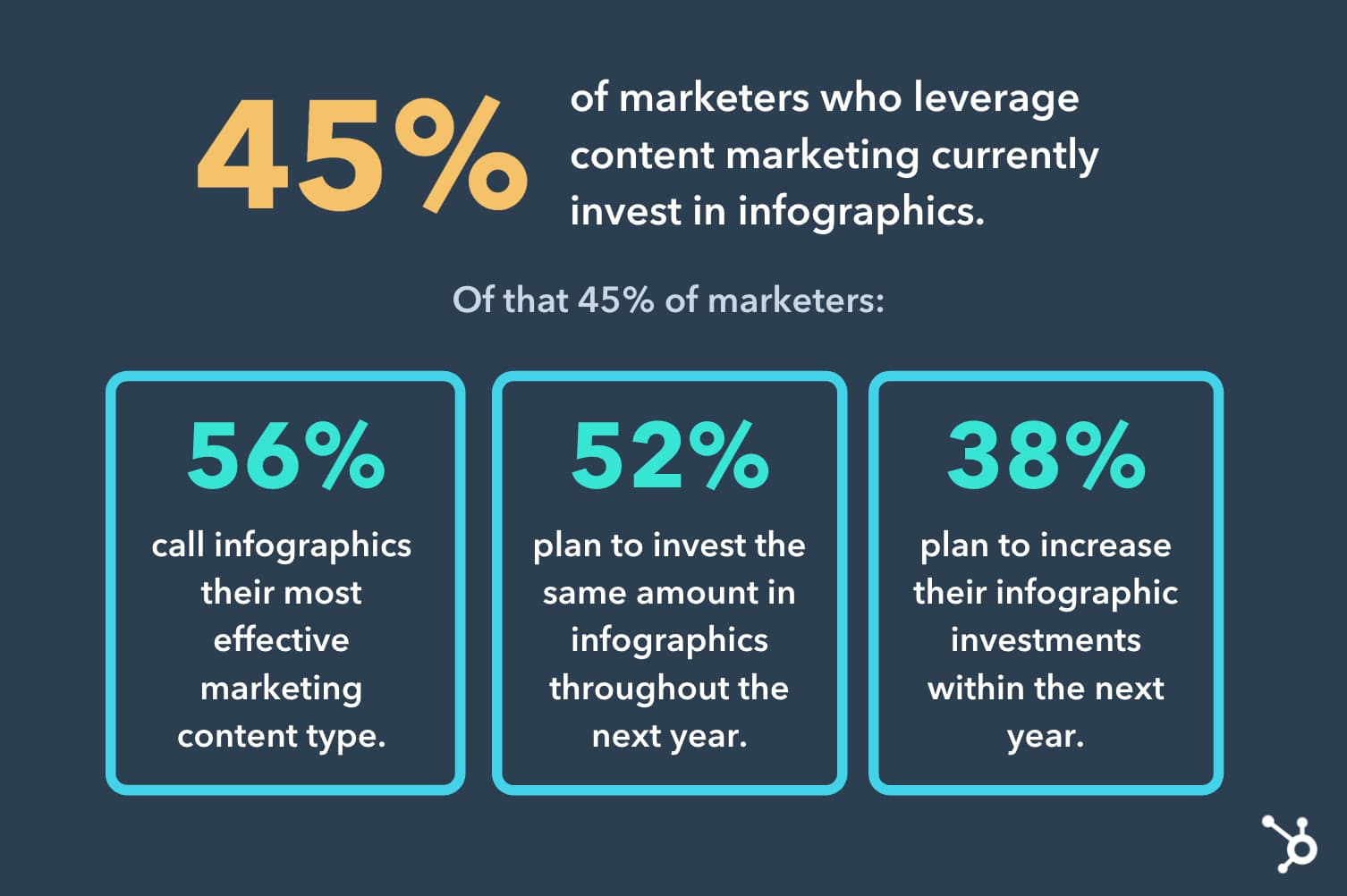Everything in the realm of marketing moves at the speed of light. Keeping up with these developments is not always an easy task for marketers, regardless of their degree of experience. However, if you want to be successful in the fast-paced world of marketing and maintain the attention of your audience in you, staying one step ahead of your competition is essential.
Nearly three years have passed since the initial lockdowns, but we still have plenty to learn about social shifts, and the same is true for the ways in which customers respond to marketing. In the year 2023, there is still a strong desire for individuals to connect with one another. Despite the initial resistance, a large number of people have warmed up to the potentially paradigm-shifting opportunities that the internet community provides. After three years of COVID, everyone is incredibly prepared for a hyper-virtual future, according to Moran Kadussi, a digital trend analyst at Wix. If you own a company, you most likely want to learn how to approach your marketing plan with a focus on the long term. We talked to those who work behind the scenes in the business about the marketing trends that will help you get ahead of the curve and forecast which marketing strategies will continue to be effective through 2023.
The content provided by video advertisers will be kept to a minimum
The marketing sector has been profoundly affected by the rise of short-form video, and we anticipate that this trend will only continue in 2023. A staggering 90% of marketers that already use short-form video plan to either increase their investment in it or keep it at the same level in the future year, while 23%of marketers anticipate using it for the very first time in 2023.

B2C and B2B marketers have found that short-form videos are really considerably more effective at getting to the point than long-form films are. This is despite the fact that long-form films can provide customers with a great deal of depth and information about a product, company, or service.
In addition to consuming a smaller amount of bandwidth, short-form videos are better suited to the short attention spans of internet consumers across a wide range of demographics. It is likely because of this factor that services like TikTok and Reels, as well as Snapchat in the past, have experienced quick expansion and significant marketing attention.
It’s possible that experiential marketing may return
Through experiential marketing, audiences are able to step into an immersive experience, which is typically hosted in a physical location or on an augmented reality or virtual reality platform. The M&M’s Flavor Room pop-up is a good example of an immersive campaign, which you may or may not have seen in the past.

The experience featured “rooms” in the shape of orbs, each of which featured furnishings and scents that were unique to the respective candy flavour. In 2018, the pop-up had its headquarters in New York City. In addition, the pop-up featured food and drink lounges featuring M&M-themed beverages. I’m ready to bet that these lounges provided wonderful opportunities for M&M to appear on the social media accounts of a variety of event participants.
Immersive experiences such as this one were entertaining, productive, and highly shareable on social media; however, they ran into problems in the years 2020 and 2021 as a direct result of the global pandemic, which caused businesses, public places, and even entire nations to close their doors to the general public.
In addition, fewer small businesses have made investments in digital experiential marketing because the creation of a branded AR/VR experience is a high-budget wager that can also depend on audiences having tools such as AR/VR headsets or the most recent smartphone technology to access the content. This has led to a decline in the number of small businesses that have made these types of investments.
Nevertheless, because an increasing number of individuals will have access to technologically immersive platforms in 2023, the concept of experience marketing will once again be a viable option.
More companies will make social responsibility one of their main priorities
89% of marketers who develop content related to social responsibility aim to increase their investment in 2023, which is nearly twice as much as the previous year’s percentage.

It should come as no surprise that modern consumers place a premium on social responsibility, ethical standards, and transparency.
For instance, forty per cent of Millennials and fifty per cent of members of the next generation, Generation Z, want firms to take a stance on social problems such as climate change, LGBTQ+ rights, gender inequity, and racial justice. When companies speak out about these issues, it has a substantial impact on the purchasing decisions those companies make.
As a result of all of this, businesses have begun to shift their approach to social media in order to focus more on inclusive events, promotions, and products, while also putting more of an emphasis on the causes or missions that they support. Being socially conscious is productive and respectful even if it may not immediately result in increased revenue.
Influencer marketing will become a widespread marketing strategy
The year 2022 was the year that influencer marketing reached its full potential, and we anticipate that this pattern will carry on into 2023. Why? In the coming year, 89% of marketers who make use of influencer marketing will either increase their investment in it or keep it the same.
In addition, 17% of marketers plan to make their initial investment in it within the next calendar year.
When marketers collaborate with thought leaders and other influencers in their industry, they have the opportunity to increase brand awareness and garner supporters from inside the influencer’s own audience. Has difficulty making payments to a celebrity influencer who has millions of fans? That’s not a problem. Actually, more than 56% of businesses that engage in influencer marketing make use of micro-influencers in some capacity.
Micro-influencers are online promoters who have a relatively little following on social media (typically, thousands to tens of thousands of followers). Even if they have a smaller number of followers, they typically share information that is of a higher quality since there is more user interaction. These influencers have also uncovered a gap in the market for their products or services, which is why they have started making a greater contribution to the conversion of leads, the engagement of audiences, and the exposure of brands. As they are still considered to be “regular” people, audiences of micro-influencers are actually more inclined to accept the advice that they provide, in contrast to celebrities who are difficult to get in touch with.
Rosie, also known as The Londoner, is a well-known travel and lifestyle influencer who has amassed more than 330 thousand passionate followers who connect with her writings and participate in the conversation. Approximately 36,000 people like her posts, and just 11% of people interact with them, as shown in the image below, which is a snapshot of one of Rosie’s profile pages.

When deciding whether or not an influencer is a right fit for your company, it can be tempting to base your decision just on the number of followers they have. However, you should bear in mind that engagement rates are the true indicator of an influencer’s effectiveness (clicks, subscriptions, and purchases).
The importance of mobile optimization will increase
Customers are spending an ever-increasing amount of time on their mobile devices. In point of fact, mobile devices, which include tablets, are responsible for more than half of all internet traffic that occurs annually.
As millennials and Gen Z consumers continue to expand their purchasing power, it will be even more crucial for business owners who market to these fast-paced and highly connected generations to take into account the importance of mobile-optimized digital experiences.
The following is a list of only a few of the possible causes:
Investing in mobile optimization is considered a good idea by 64% of SEO marketers and 33% of global marketers.
In addition, mobile experiences are essential for other key marketing strategies, such as brand websites. For example, 56% of marketers who use email are concerned about providing users with good mobile email experiences.
Infographics will encourage marketers to use data

When compared to a picture, an infographic can typically convey at least twice as many, if not even more, words. In addition to possessing the capacity to be shared and the aesthetic appeal of a stunning photograph, infographics are crammed with helpful statistics and instructive information. Because of this, they are extremely appealing to the audiences on social media as well as the visitors to the website.
According to 56% of marketers, infographics are the most successful type of content, and they routinely use them in their content strategy.
Utilize marketing trends to stay one step ahead of your rivals
Over the course of the past few years, there has been a significant shift in both the best practises and the trends in marketing. Authenticity, transparency, privacy, and diversity are all things that consumers now place a higher importance on than they ever have before. In addition, as cutting-edge technologies such as virtual reality (VR) and the internet of things (IoT) gain popularity, there is now an opportunity for marketers to incorporate these values into their messaging in novel and inventive ways.
















